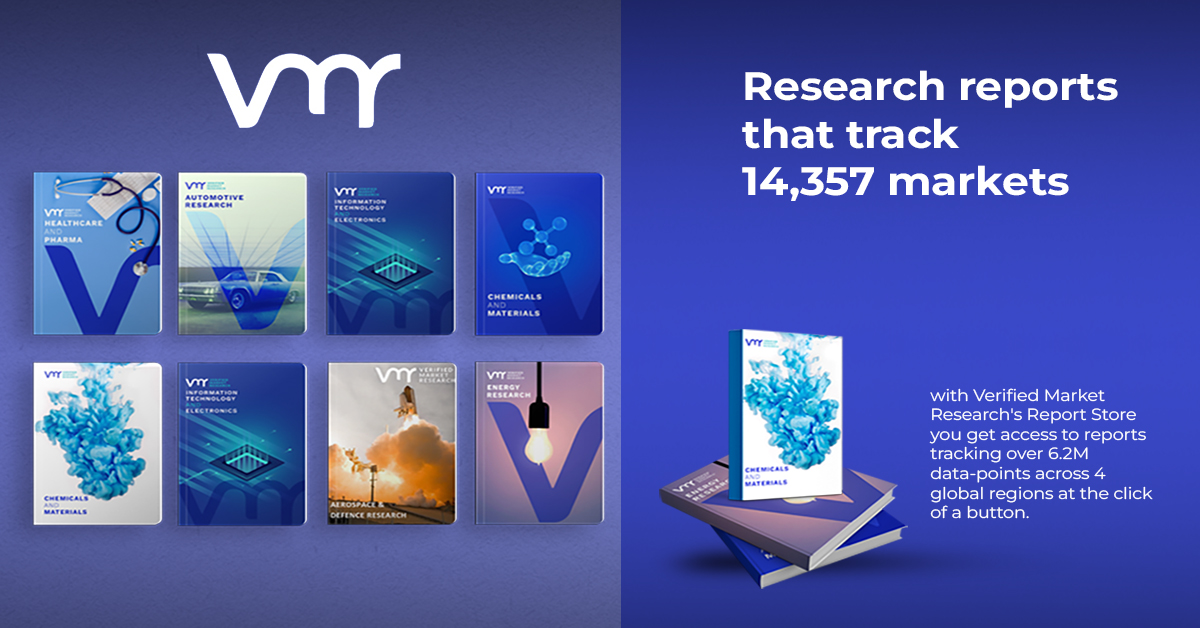Navigating the Future: Key Developments in the Electronic Trial Master File (eTMF) Systems Market
The Electronic Trial Master File (eTMF) systems market is rapidly evolving, driven by technological advancements and a growing demand for efficiency in clinical trials. As regulatory landscapes shift and the need for robust data management intensifies, eTMF systems have emerged as vital tools for pharmaceutical and biotech companies. This article explores the latest key developments in the eTMF market, shedding light on trends, challenges, and future directions.
Understanding eTMF Systems: The Foundation
Before diving into the latest developments, it’s essential to understand what an eTMF system is. Traditionally, a Trial Master File (TMF) is a collection of essential documents that demonstrate the integrity of a clinical trial. An eTMF digitizes these documents, enabling real-time access, streamlined collaboration, and improved compliance.
The Importance of eTMF Systems
- Efficiency and Speed: Digital systems allow for quicker document retrieval and sharing, which is critical in the fast-paced clinical trial environment.
- Regulatory Compliance: With stricter regulations from entities like the FDA and EMA, eTMF systems help ensure that all necessary documentation is in place and easily accessible for audits.
- Collaboration: These systems facilitate collaboration among stakeholders, including sponsors, CROs, and regulatory authorities.
Latest Developments in the eTMF Market
1. Integration of Artificial Intelligence (AI)
One of the most significant trends in the eTMF market is the incorporation of AI and machine learning technologies. These tools can automate repetitive tasks, such as document indexing and classification, which significantly reduces the time spent on manual data entry. AI can also enhance data quality by identifying inconsistencies and flagging potential issues early in the trial process.
2. Cloud-Based Solutions
The shift toward cloud-based eTMF solutions is gaining momentum. This transition offers several advantages, including:
- Scalability: Cloud solutions can easily accommodate increasing amounts of data and users.
- Remote Access: As clinical trials become more global, cloud-based systems allow teams to access documents from anywhere in the world.
- Cost-Effectiveness: Reducing the need for physical storage and hardware maintenance cuts costs significantly.
3. Enhanced User Experience (UX)
Developers are focusing on creating more intuitive user interfaces. A user-friendly eTMF system ensures that users can navigate the platform efficiently, minimizing the learning curve for new team members. Simplified dashboards and enhanced search functionalities are key areas of improvement.
4. Increased Emphasis on Data Security
With rising concerns about data breaches, eTMF vendors are prioritizing data security features. These include:
- Encryption: Protecting sensitive data through advanced encryption methods.
- User Authentication: Implementing multi-factor authentication to ensure that only authorized personnel access critical information.
- Regular Audits: Conducting frequent security audits to identify and rectify vulnerabilities.
5. Interoperability with Other Systems
The demand for interoperability between eTMF systems and other clinical trial management systems (CTMS) is on the rise. This integration allows for seamless data sharing across platforms, ensuring that all stakeholders have access to the same information and reducing the risk of errors.
6. Focus on Regulatory Compliance
As regulatory bodies introduce new guidelines, eTMF systems must adapt accordingly. Keeping up with the evolving compliance landscape is crucial for eTMF vendors. The latest systems are designed to incorporate regulatory requirements more effectively, allowing companies to stay compliant with minimal manual intervention.
7. Real-Time Analytics and Reporting
The capability for real-time analytics is becoming a game-changer in the eTMF market. Advanced reporting tools enable organizations to track trial progress, monitor document statuses, and assess compliance levels in real-time. This data-driven approach allows for quicker decision-making and enhances trial management.
Challenges Facing the eTMF Market
While the eTMF market is experiencing significant growth, it is not without challenges:
1. Resistance to Change
Many organizations still rely on traditional paper-based TMF systems due to resistance to change. Overcoming this mindset requires extensive training and demonstrating the value of digital solutions.
2. Data Migration Issues
Transitioning from paper to digital can be daunting. Organizations often face difficulties in migrating vast amounts of historical data to new eTMF systems without compromising data integrity.
3. Budget Constraints
Smaller companies may find it challenging to invest in advanced eTMF solutions. As a result, there’s a need for scalable options that cater to varying budgets without sacrificing functionality.
Future Directions for eTMF Systems
1. Greater Personalization
The future of eTMF systems lies in personalization. As companies collect more data on user preferences, systems can be tailored to individual needs, enhancing overall user experience.
2. Continued AI Integration
As AI technology advances, its role in eTMF systems will expand. Expect to see predictive analytics that can forecast potential compliance issues or delays in document processing.
3. Expansion into Decentralized Trials
The rise of decentralized clinical trials (DCTs) calls for eTMF systems to adapt to new workflows. This includes accommodating remote monitoring, patient engagement, and data collection from various sources.
Real-World Impact: Personal Experiences with eTMF Systems
Having worked in the clinical research sector, I’ve witnessed firsthand the transformation brought about by eTMF systems. In one project, transitioning from a traditional TMF to an eTMF system reduced our document retrieval time by over 50%. This efficiency allowed our team to focus on higher-value tasks, ultimately speeding up the trial process.
Additionally, during a recent audit, our eTMF system proved invaluable. With all documents organized and easily accessible, we navigated the audit with confidence, demonstrating our compliance effectively. This experience highlighted the importance of having a robust eTMF system in place, not just for efficiency but also for peace of mind.










